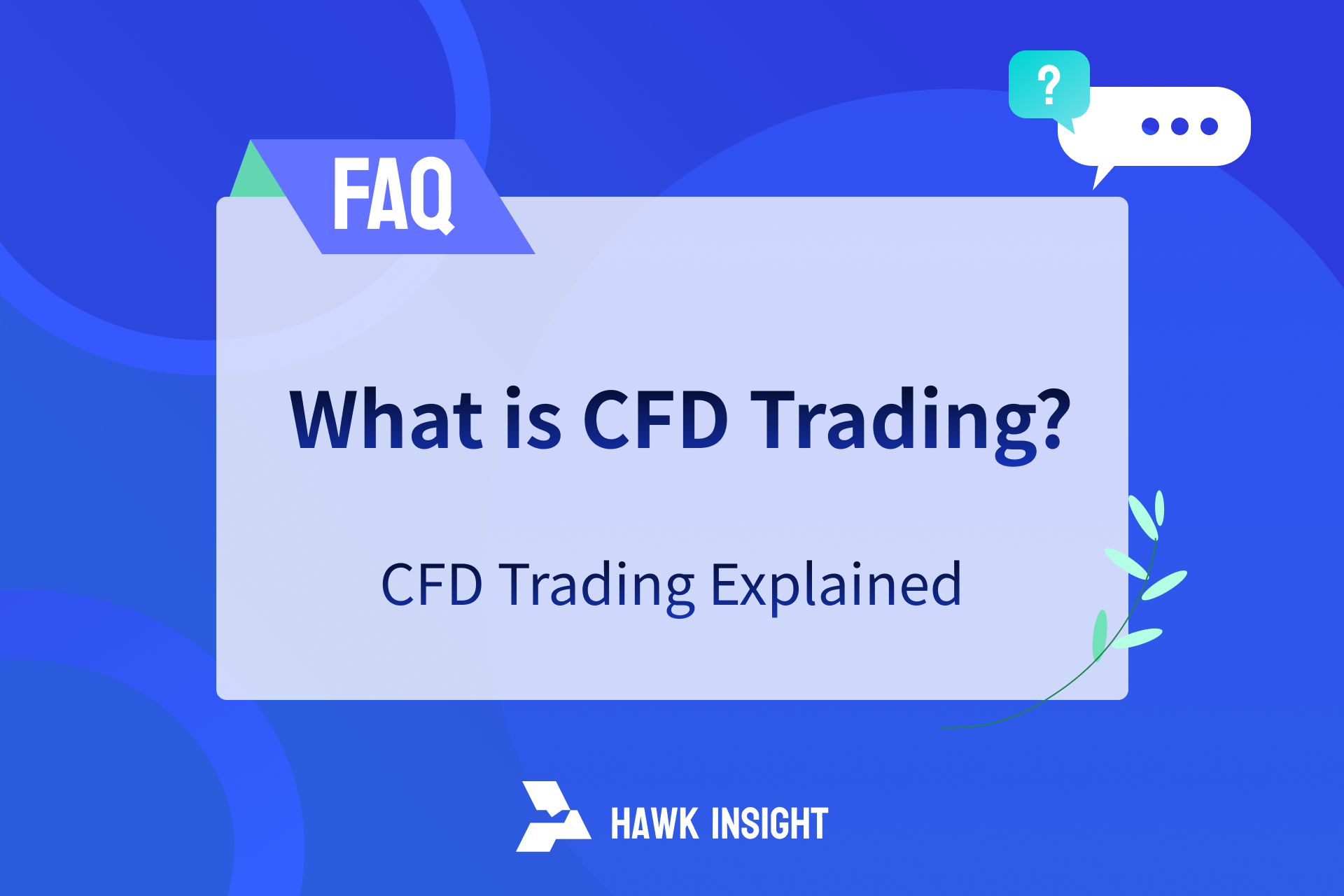CFD Trading Explained: What Is It and How Does It Work?
Discover what CFD trading is, how it works, and the pros and cons every trader should know. Learn with examples, risks, and practical tips for beginners.
In today’s fast-paced financial markets, investors are constantly seeking tools that offer more flexibility and greater efficiency. CFD trading (Contract for Difference) has emerged as one of the most popular instruments for speculating on price movements without owning the underlying asset. Whether it’s stocks, forex, commodities, or cryptocurrencies, CFDs allow traders to profit from rising and falling prices. This article provides a complete overview of how CFD trading works, including its benefits, risks, and practical strategies for beginners.

What Is CFD Trading?
CFD (Contract for Difference) is a financial derivative that enables traders to speculate on the price movement of various financial assets without owning them. Instead of buying or selling the actual asset, a trader enters into a contract with a broker to exchange the difference in the asset’s price between the time the contract is opened and closed.
CFDs are widely used to trade across markets, including:
-
Stocks
-
Indices
-
Commodities
-
Forex
-
Cryptocurrencies
How Does CFD Trading Work?
CFD trading allows you to:
-
Buy (go long) if you think the asset’s price will rise.
-
Sell (go short) if you believe the price will fall.
The profit or loss is calculated based on the difference between the entry and exit price, multiplied by the number of contracts (or units) traded.
Example:
-
You open a CFD position on Tesla stock at $200.
-
Tesla rises to $220.
-
The $20 difference per share is your profit (excluding fees and spreads).
If the price falls instead, you incur a loss.
Key Features of CFD Trading
1. Leverage
CFDs allow traders to gain larger market exposure with a smaller initial deposit (known as margin). However, leverage magnifies both profits and losses.
2. Access to Global Markets
With a single trading account, you can access various global assets like the NASDAQ, FTSE 100, Brent crude oil, or Bitcoin.
3. No Ownership of Underlying Assets
You don’t own the actual shares or commodities, which means:
-
- No shareholder rights
- No need for physical delivery
- Quick entry and exit
4. Short Selling Made Easy
CFDs simplify the process of profiting from falling markets, unlike traditional investing where shorting often requires additional steps.
Pros and Cons of CFD Trading
Advantages:
-
Flexibility in trading rising and falling markets
-
Leverage offers increased exposure
-
Access to multiple markets from one platform
-
No stamp duty in some jurisdictions (e.g., UK)*
Disadvantages:
-
Higher risk due to leverage
-
Overnight fees may apply to long-term positions
-
Spread costs can impact profitability
-
No asset ownership, so no dividends or voting rights
Tips: Tax treatment depends on individual circumstances and can change. Please consult a professional advisor.
Risks of CFD Trading
CFD trading is highly speculative and carries substantial risks, especially for beginners:
-
Margin calls: Your position may be closed if the market moves against you and you don’t maintain sufficient funds.
-
Market volatility: Prices can swing quickly, increasing the chance of losses.
-
Counterparty risk: You're trading with a broker, not a regulated exchange.
Is CFD Trading Suitable for You?
CFD trading suits individuals who:
-
Understand the risks of leveraged products
-
Can manage emotions in volatile markets
-
Want to diversify beyond traditional buy-and-hold investing
-
Prefer short-term, active trading strategies
It may not be suitable if you:
-
Are risk-averse
-
Seek long-term dividend income
-
Lack the time or knowledge to actively monitor markets
Tips for Beginner CFD Traders
1. Start with a demo account
Practice trading without risking real money.
2. Use stop-loss orders
Limit your potential loss by setting automatic exit points.
3. Trade with low leverage
Avoid using maximum leverage until you have enough experience.
4. Stay updated on market news
Economic reports and geopolitical events can greatly affect CFD prices.
5. Choose a regulated broker
Always verify that your broker is licensed and operates under financial supervision.
Final Thoughts
CFD trading offers unique opportunities to capitalize on short-term market movements with flexibility and leverage. However, it's not without significant risks. By fully understanding how CFDs work and implementing strict risk management practices, traders can use this tool as part of a diversified and dynamic trading strategy.
[Related Reading] What is CFD Tax??
[Related Reading] What is a contract for difference (CFD) broker?
·Original
Disclaimer: The views in this article are from the original Creator and do not represent the views or position of Hawk Insight. The content of the article is for reference, communication and learning only, and does not constitute investment advice. If it involves copyright issues, please contact us for deletion.